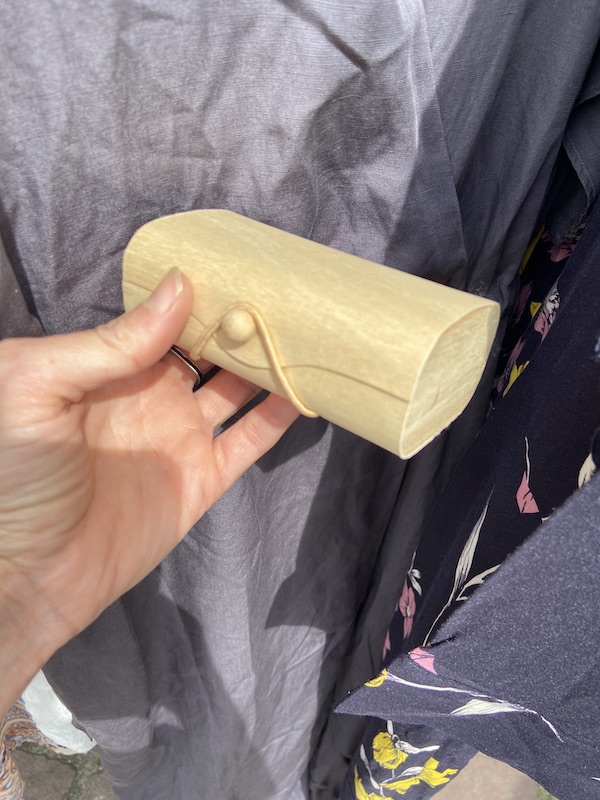19. Project Development
# 19. Project Development
“If it can’t be reduced, reused, repaired, rebuilt, refurbished, refinished, resold, recycled or composted, then it should be restricted, redesigned or removed from production”. ~ Pete Seeger
Design rules adopted for the project.
Biomimetic design:¶
I intend to use raw materials available in nature from the three different kingdoms (animal, plant and mineral) to produce the case of my final product, in order to take advantage of their inherent qualities at shielding from the elements as well as the possibilities to reuse or compost them once the object they contain becomes obsolete.
Cradle to cradle :¶
Cradle-to-cradle (C2C) is a way of designing products or processes that work the way natural systems do.
This design method is intended to replace a make-take-dispose approach which begins with new raw materials mined from the earth and ends with piles of garbage. Definition: What Is Cradle-to-Grave Design?
The cradle-to-grave design (or take-make-waste) is how most products we currently use are made. That system relies on an unlimited supply of Earth’s resources to make products and unlimited availability of space in landfills for the products at end-of-life.
Neither of those things is true—there’s not an unlimited supply of resources, nor is there unlimited landfill space. The current system relies on finite resources and doesn’t take into consideration the fact that they will one day run out.
Replicablility:¶
Reduced:¶
Reusable:¶
Repairable:¶
Refurbishable:¶
Recyclable:¶
Compostable:¶
Environmental auditing:¶
Process
Ideas of packaging and materials



Throughout the in order to keep track of the amount of resources used during the design, test and production phases of the project.
Below is an example of the repairability and reusability of components during the design process.
When the plates were no longer purposeful (as it was the case here), the soldering metal was removed and the empty plates were thoroughly cleaned and reused as a pretend coin by a child.

Construction of version one of the final plate. In order to have access to a higher amount of memory to program the device, I decided to use a SAMD21 chip. Opening the pins to have access to all of them at any given time would allow me to test the plate with more than the existent components, leaving the oportunity to use more neopixels if needed, as well as a movement sensor and perhaps a a vibrator device.
The end of the pins are shape coded: rectangle = analog; circle = digital and polygon = further options Please refer to the SAMD21E pinout pictured below.

Here is the plate before being soldered.


A partially soldered plate

Resources¶
-
McDonough, W., & Braungart, M. (2010). Cradle to cradle: Remaking the way we make things. North point press.
-
FilhoHamburg, W. L. (2013). The Upcycle: Beyond Sustainability–Designing for Abundance.
Useful links¶
-FabAcademy BCN Local Documentation
-Nueval Computer-Controlled Cutting
